Dalkey or Goat Castle is a 15th century fortified Townhouse which took its name from the Cheever’s (Chevre) family whom lived there in the 16th century. The Cheever surname is derived from the Anglo Norman-French word chievre or chevre, meaning goat. The goat is seen on both the family heraldry and the flag which flies from the castle battlements. The Castle is also home to the Dalkey Heritage Centre. The purpose of my visit was to check out the ruins of an old 10th century church known as St. Begnets. To my surprise the church is only accessible via the castle. Anyone who knows me will know that I will avoid those silly guided tours which are set up to bring in the tourists. On this occasion I was left with no choice, admission was €7 but I was determined to get something out of this trip.
Dalkey was initially founded as a Viking settlement and got its name from Dalkey Island, which lies just offshore. The name is a meld of the Irish deilg (meaning “thorn”) and the Old Norse ey (meaning “island”) referring to the shape of Dalkey Island. Dalkey became an extremely important port during the middle Ages. The main deep water port for the town and perhaps even Dublin at the time was Colliemore Harbour which is located just below the town. Dalkey was well known for its Seven Castles which stood in the area. Only Goat and the adjacent Archibold Castle remain from these.. During this period the river Liffey would have been silted up and most large ships would not be able to offload their goods without the deep sea port in Dalkey. These fortified houses were built by various merchants to store valuable goods prior to them being transported to Dublin. These Fortified houses also served another purpose.
After the Anglo- Norman Conquest, Ireland became very unstable. The Gaelic chieftains whose lands had been stolen had nothing left to loose. This led to a campaign of severe attacks on Norman positions which significantly weakened their self-proclaimed authority in Ireland. In an attempt to combat the situation these foreign Lords built up a boundary around their territories which they believed would help protect their interests from the Gaelic raids. This protected area later became known as ‘The Pale’. Under the ‘Subsidised Castles Act’ passed in the fifteenth century by Henry VI, a grant of £10 was provided for the construction of castles to defend it.
Before the tour of the castle started I was led through the exhibition area on the ground floor where there was a short audio-visual presentation on the history of Dalkey, From its origins as a bronze age settlement to the foundation of a religious establishment around 700AD. From the arrival of the Vikings and Normans right up to the modern day. Did you know that Dalkey Island was once the center of a prosperous slave trade? Also the Black Death is said to have arrived in Ireland through the Port at Dalkey. Many people are said to have fled to Dalkey island to escape the plague. Somehow I don’t think that this would have done them much good. Towards the end of the 16th century a new port was opened at Ringsend which led to the decline of Dalkey as a deep sea port.
In the exhibition area which overlooks the ruin of St. Begnets, there is a rather interesting Rathdown Slab. This is a pre-Christian burial marker which was found in St Begnet’s Graveyard. You can read more about another Rathdown slab which I found HERE. There are further Information Panels on Dalkey’s origins which began in 4500BC on Dalkey Island. It was here where to my surprise we met the castle blacksmith whom also moonlighted as the castles archer. The tour of the castle is given by members of the DeilgInis Living History Theatre Company.They are a professional Theatre Company based in Dalkey. Dressed from head to toe to period Tudor costume and even speaking thee olde Englishe . Never once did he come out of character after a brief introduction we were led out to the church ruins. I shall cover the church of St. Begnet in a later post. Whilst on the church grounds our blacksmith spoke about his King and his troubles with his many wives. We then had the opportunity to draw a fairly authentic Longbow. This really brought back memories of my old re-enactment days. I had always preferred a composite recurve as my bow of choice but it was still nice to play with the longbow. We also were shown the various types of arrowhead used at the time. Yes, an arrow does not just have a pointy tip. There are many different types some are for piercing plate armour, some would contain material that could hold a flame, some were used for hunting etc. Apparently our blacksmith has an appetite for hedgehog pie.
The castle is spread out over two floors,It would feature a spiral staircase throughout with the exception of the ground to first floor which had a Victorian stairway installed in the 1800’s. The entrance was well defended. If the Oak door to the front was breached the poor attackers would find themselves blocked by another strong door which held them in a small room. Above their heads was what was known as the murder hole. Through this hole the attackers would be bombarded with boiling oil or water, falling stones and or burning logs. Another defensive feature of the castle is the Machicolation. Similar to the murder hole, this was an opening above the castle entrance which allowed the inhabitants to drop various things on unsuspecting attackers.
We made our way up through the castle with various aspects of the castle being explained. Eventually making our way up to the Battlements. The parapet is crenelated which was the ‘merlon and cenel’ or up and down design which gave the people defending the castle protection. The Warders Walk ran between the gabled roof and the battlements. This was used by guards or archers to keep watch. Back down stairs on the first floor we were introduced to the Lady of the house. We were shown more of castle life such as what they eat and the disgusting garderobe, a small room which acted as both a toilet and a wardrobe. Waste would be discharged straight onto the street below via a stone chute. Clothing was also stored here as it was believed that the ammonia from the urine killed any lice or fleas which may be present on clothing.
We were also given a practical demonstration in the ways of a travelling barber, the barber was the medieval equevelant of a modern day dentist and doctor rolled into one. Whilst the treatments back then may seem draconian, but they made perfect sense at the time. Well I have to admit, this was one of the most entertaining tours I have taken and I would highly recommend paying a visit. I hope to get back here with the kids before the end of the summer.
For more of my images, why not visit my Website,or follow me on Facebook, Instagram or Twitter.



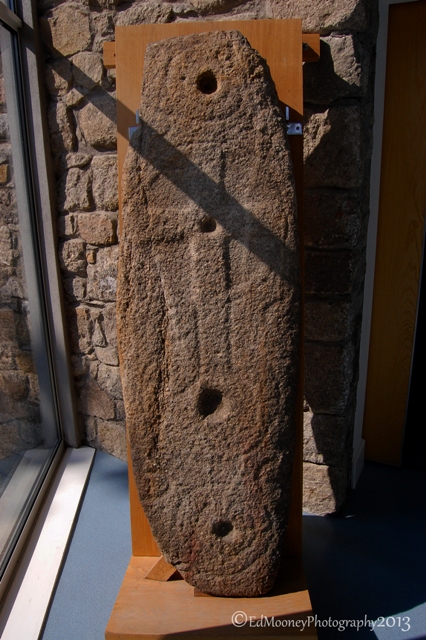
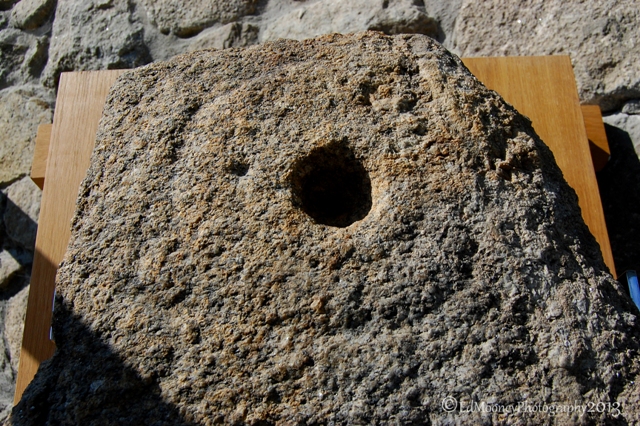




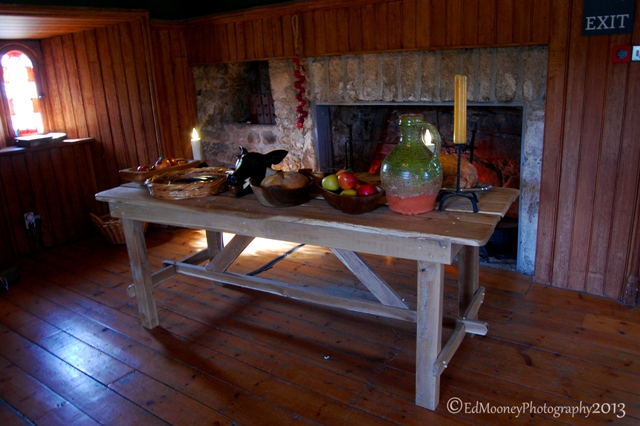


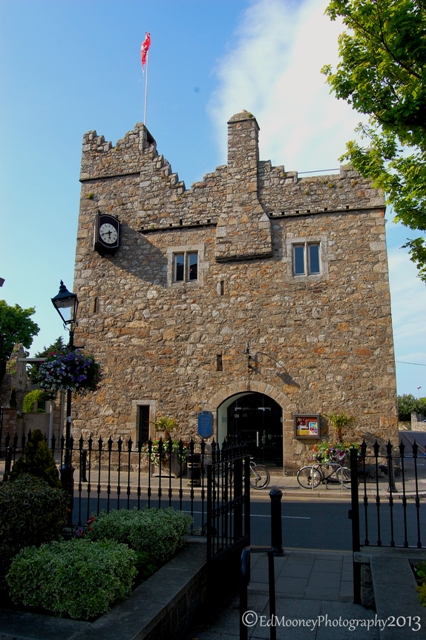
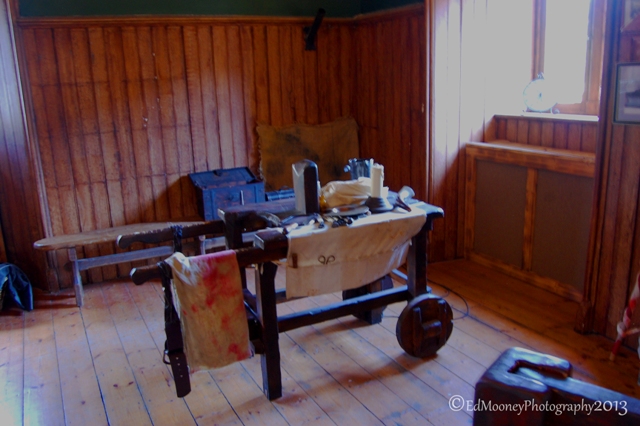







Sometimes, the guided tours are done correctly and you do get a lot out of them. I tend to hng to the back of the tour so I can get the shots i want sans people…
LikeLike
Good Advice, I nearly missed a lot of shots because I got so engrossed in the history. Normally I just do my own thing, but lesson learned, 🙂
LikeLike
That garderobe so horrible! I too prefer self guided tours but mostly because I’m not a “crowd” person, but sometimes it’s worth being one of the crowd just so I can learn something interesting.
LikeLike
*sounds not so
LikeLike
Exactly, but an exception to the rule, 🙂
LikeLike
Lovely photos, looks like a great place.
LikeLike
Thanks Val, It sure is, well worth a visit 🙂
LikeLike
I absolutely love castles! These are excellent pictures that you’ve shared with us. I’ll have to consider going here one day!
LikeLike
Thank you, Im glad that you liked them. Ireland is a fantastic place especially if you get the weather we are having now. If you do come over, try to stay away from the tourist rubbish. Get off the beaten track and see what the country is really like. You can check out my map https://edmooneyphoto.wordpress.com/interactive-ruins-map/ i constantly add cool new places too. Most of these you will not find in a tour guide. 🙂
LikeLike
Such rich photographs. Thank you for the tour and insights, Ed.
LikeLike
Thank you Darren, Glad that you enjoyed them, 🙂
LikeLike
Lovely shots. Australia’s a great place to live, but we just don’t have the rich array of historical places you are so fortunate to have in Ireland.
LikeLike
Thank you, I guess I am lucky, but Im sure there is plenty of places in Australia to find. Check out http://www.environment.gov.au/heritage/ahdb/ it might be a good place to find something interesting 🙂
LikeLike
Cheers 🙂 If you are ever out here, one place I can recommend is Barwon Park http://wp.me/p3kZ4d-g7
Not quite as old as anything in Ireland though 🙂
LikeLike
Cool, I will add that to my bucket list. I set it up for travels around Ireland, but it now has turned into a bit of a monster. Includes places that have been recommended to me, Thanks Again 🙂
LikeLike
Really nice …. great shots, and I always feel like I learn so much!
LikeLike
Thanks John, much appreciated, 🙂
LikeLike
How cool that the castle sits right on a main street … with modern businesses and vehicles right next to it. What a contrast! I really like the third to the last and the last photos!
LikeLike
Thanks Laurie, got a few more coming soon 🙂
LikeLike
Pingback: St. Begnets Ruin | EdMooneyPhotography
Pingback: Archibald Castle | EdMooneyPhotography
Pingback: Bullock Castle | EdMooneyPhotography
Pingback: Capturing History Challenge Week 19 | Ed Mooney Photography
Pingback: St. Begnets Ruin | Ed Mooney Photography
Pingback: Archibald Castle | Ed Mooney Photography
Pingback: Bullock Castle | Ed Mooney Photography